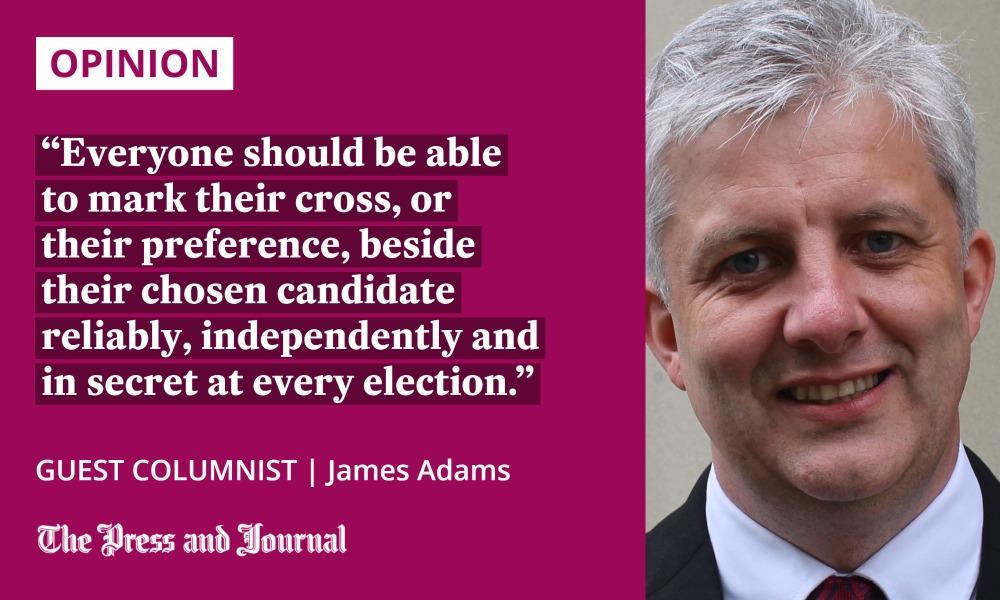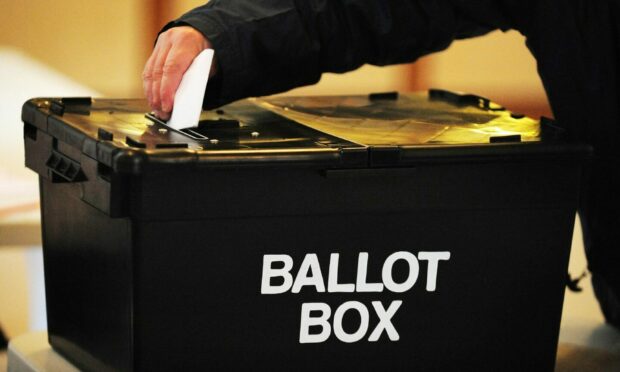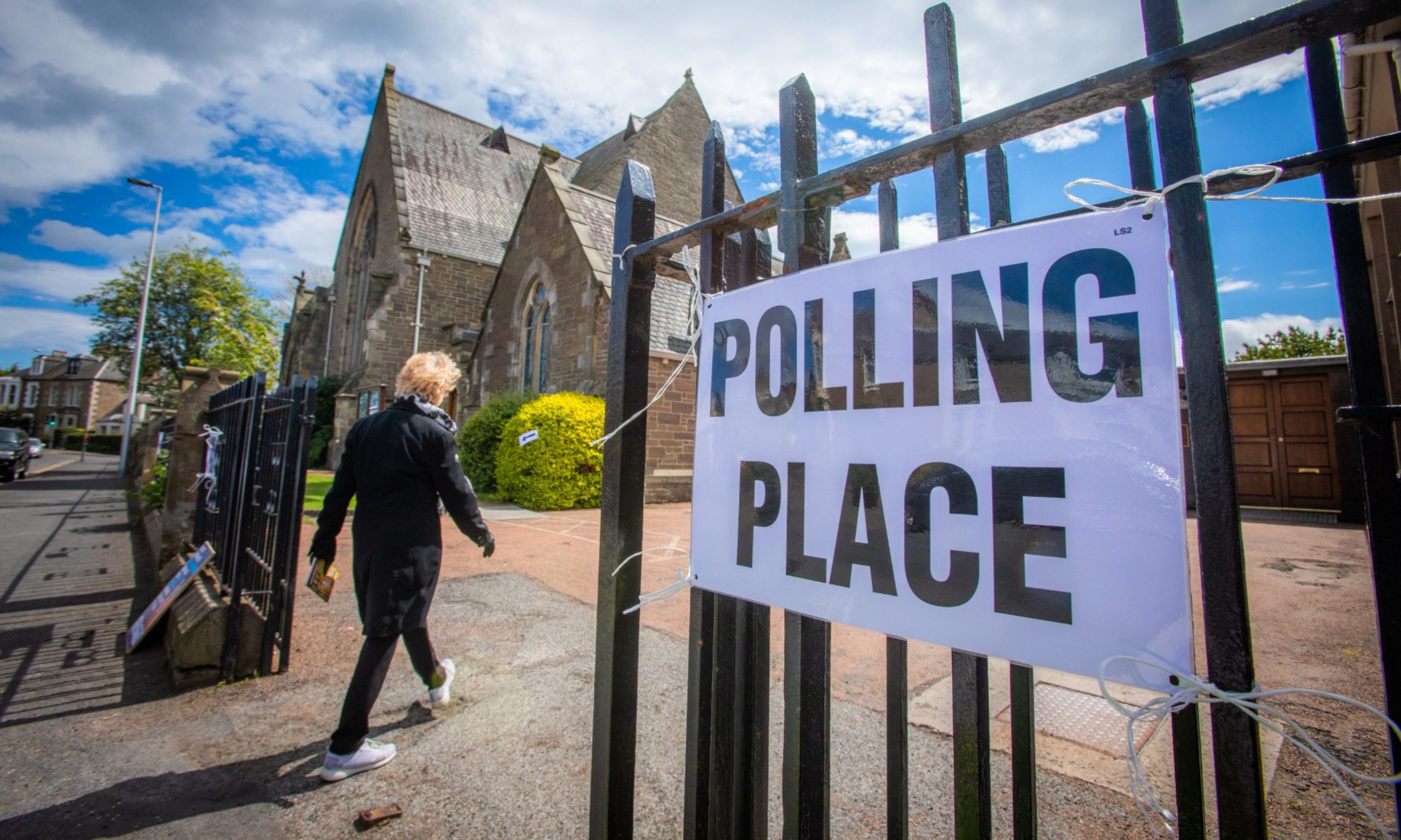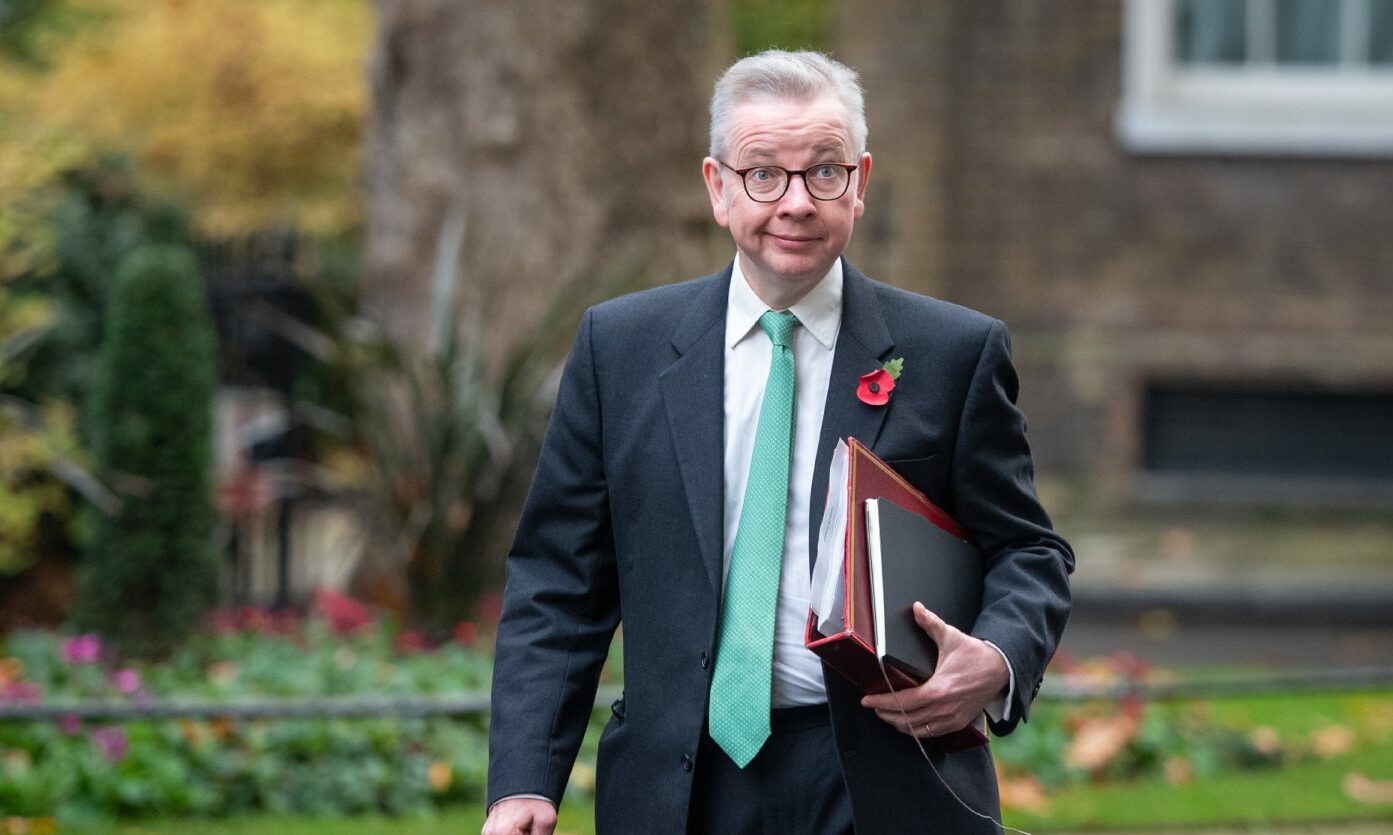Blind and partially sighted people already face huge barriers at the ballot box.
The new Elections Bill, currently going through Westminster, is only going to make them greater.
Casting your vote is fundamentally a visual act. Without a voting aid, sight is necessary to review the names and parties, read instructions on how to complete the ballot paper and to put you mark beside your chosen candidate.
This causes problems for blind electors, of whom only one in five reported being able to vote independently or in secret at the last election.

In practice, this means that they are forced to share their voting preference with friends, family or a stranger to help them put their mark in the right place. One hundred and fifty years on from the Ballot Act of 1872, which required elections to be held by secret ballot, this sharing of voting preference means that electors with sight loss are still denied a secret ballot.
This issue is only going to grow as the number of people with sight loss increases. The main cause of sight loss is age-related macular degeneration, with one in five people over the age of 75 and one in two people over the age of 90 affected. As our population ages, visual impairment will only become more prevalent.
Bill risks a postcode lottery of assistance
The Royal National Institute of Blind People (RNIB) has been working with governments across the UK to identify solutions that will enable blind and partially sighted electors to vote consistently and reliably in secret.
However, a change to legislation being proposed by the UK Government in the Elections Bill would remove the requirement for voting aids to be in every polling station.
The Bill, in its current form, states that returning officers should provide “such equipment as it is reasonable to provide for the purposes of enabling […] relevant persons to vote”. But, the definition of “reasonable” is now left open to the returning officer, removing the guarantee that electors with sight loss will be entitled to voting aids.
Moving this responsibility for what aids should be available from the government to individual returning officers will create a postcode lottery of assistance.
Please, protect the secret ballot
We’re asking Michael Gove, secretary of state for levelling up, housing and communities, to amend the Bill and guarantee assistance for blind and partially sighted people to vote independently and in secret. We want to continue to work with the UK Government to explore voting aid options and find as many solutions to this problem as necessary.
We believe that everyone should be able to mark their cross, or their preference, beside their chosen candidate reliably, independently and in secret at every election – we should be enhancing protections, not removing them.
Our ask of Michael Gove is simple – protect the secret ballot.
The impact of not doing so will have a serious effect on blind and partially sighted voters for many elections to come.
James Adams is director of Royal National Institute of Blind People (RNIB) Scotland


